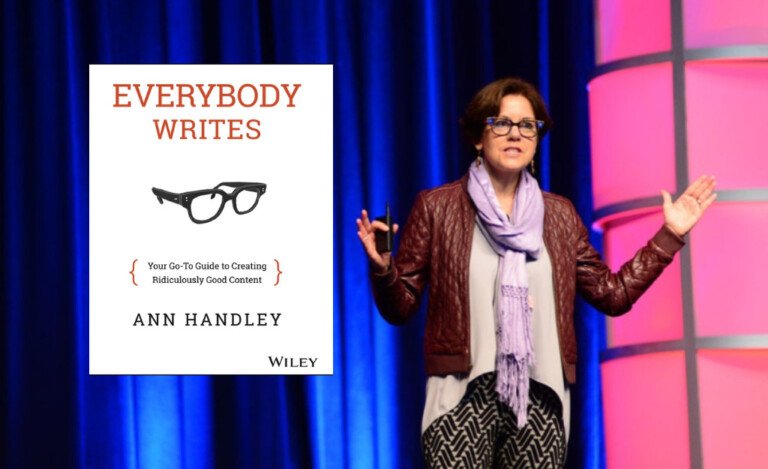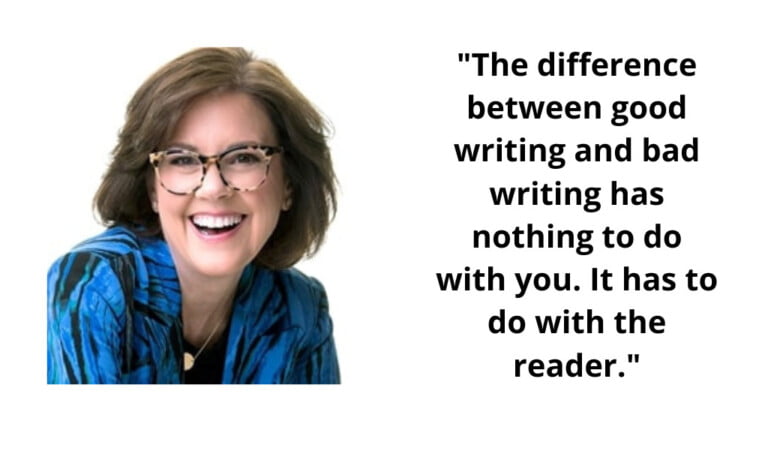How to Make Your Ideas Unforgettable
Disclaimer: This post may contain affiliate links. For more information, please visit our Disclaimer Page.
Introduction to “Made to Stick” Resume
Dive into our ‘Made to Stick’ resume and uncover the formula behind creating impactful and lasting ideas.
After studying very popular tales and sticky ideas, the Heath brothers created a checklist to make messages people remember. Their book shows anyone how to share their ideas in ways that stick in people’s minds.
The authors explain that creativity is a skill you can learn, not something you’re born with. Following their template allows you to develop new ideas instead of just new rules. Their method works for all kinds of people.
“Made to Stick” provides techniques to get around the main things that stop ideas from spreading. With the Heaths ‘ strategies, you can make messages that teach, inspire, and create change. This book gives you the power to make memorable and impactful communication.
The Myth of Creativity
When we think of creativity, many of us imagine a divine spark born within certain individuals, a mystic quality that enables them to generate innovative ideas seemingly out of thin air. This ingrained view is part of what authors Chip and Dan Heath call the myth of creativity.
However, the Heath brothers challenge this misconception. They propose an alternate view, stating that creativity is not an inborn trait but a skill that can be nurtured and developed. According to them, generating “sticky” ideas isn’t restricted to a select few individuals. Instead, it’s a capability that can be honed by anyone willing to put in the effort.
Their argument can be broken down into three key points:
To illustrate these points, let’s consider a hypothetical scenario. Imagine two individuals: Alice, who believes in the myth of creativity, and Bob, who subscribes to the Heath brothers’ view.
| Alice | Bob | |
|---|---|---|
| Approach to Creativity | Views creativity as an innate trait. Either you have it, or you don’t. | Sees creativity as a skill to be developed. Starts with a small idea and nurtures it. |
| Reaction to Challenges | He uses challenges as opportunities to refine his ideas and improve his creative skills. | She gives up easily when faced with obstacles, believing she’s just not creative enough. |
| Outcome | She gives up easily when faced with obstacles, believing she’s not creative enough. | Consistently comes up with “sticky” ideas that make a lasting impact. |
As the table indicates, Bob’s understanding of creativity as a learnable and structured process rather than an inborn trait enables him to generate “sticky” ideas more effectively. This example demonstrates the potential power of demystifying the concept of creativity and adopting a more practical and attainable approach.
The myth of creativity is a harmful misconception that hinders many from realizing their full potential. The Heath brothers’ view on creativity promotes a more inclusive understanding of idea generation and provides a practical framework that anyone can use to develop their own “sticky” ideas.
By debunking the myth of creativity, we can empower more individuals to contribute their unique ideas and solutions, ultimately driving innovation and progress on a broader scale.
Understanding “Sticky” Ideas
In communication and idea generation, not all ideas are created equal. Some ideas stick. But what does it mean for an idea to be ‘sticky’? A ‘sticky’ idea is powerful enough to change an individual’s understanding, perspective, or behavior. It’s an idea that resonates, that endures, and that influences.

Here are some characteristics that sticky ideas often share:
- Simplicity: Sticky ideas are simple and straight to the point. They cut through the noise and deliver a clear message.
- Unexpectedness: Sticky ideas often surprise us or challenge our existing beliefs. They capture our attention because they’re out of the ordinary.
- Concreteness: Sticky ideas use specific, concrete images or narratives. They rely on sensory information to make the abstract tangible.
- Credibility: Sticky ideas are believable. They often come from trusted sources or are backed up by evidence.
- Emotion: Sticky ideas tap into our feelings. They resonate on an emotional level, making us care about the idea.
To illustrate these points, let’s consider a few examples of ‘sticky’ ideas:
| Example | Why It’s Sticky |
|---|---|
| “Just Do It” (Nike) | Simplicity: The phrase is short and easy to remember. Emotion: It inspires people to overcome their limitations and take action. |
| “An apple a day keeps the doctor away” | Simplicity: The advice is straightforward. Concreteness: It paints a clear picture of the action to take and its benefit. Credibility: The idea is backed by the general understanding of the health benefits of fruits. |
Understanding why some ideas stick, and others don’t can profoundly impact how we communicate, whether in marketing, teaching, writing, or even our personal interactions. By striving to create sticky ideas, we can ensure our messages are heard, remembered, and acted upon.
The Checklist for Creating Sticky Ideas

The Heaths‘ research culminated in creating a comprehensive checklist to guide the development of “sticky” ideas. Their findings suggest that the most memorable ideas adhere to a certain pattern, encapsulated by the acronym SUCCES:
- Simplicity: The idea should be both simple and profound. The core of the message must be clear and concise.
- Unexpectedness: Something unexpected or unusual about the idea grabs attention and makes it more memorable.
- Concreteness: The idea should be explained with concrete images and specific facts, not abstract language.
- Credibility: The idea should have internal credibility, and external sources can be used to enhance this.
- Emotions: The idea should tap into emotions. People are more likely to remember how something made them feel than specific details.
- Stories: Stories are an effective tool for conveying ideas and making them stick.
These principles are not isolated; they often interact and reinforce each other. For instance, a concrete example can increase credibility, and an unexpected element in a story can make it more memorable.
Here’s a quick reference table summarizing the SUCCES principles:
| Principle | Description |
|---|---|
| Simplicity | The idea should be both simple and profound. |
| Unexpectedness | Something unexpected or unusual about the idea grabs attention. |
| Concreteness | The idea should be explained with concrete images and specific facts. |
| Credibility | The idea should have internal credibility; external sources can enhance this. |
| Emotions | The idea should tap into emotions; emotional responses enhance memorability. |
| Stories | Stories are an effective tool for conveying ideas and making them stick. |
Remember, the goal isn’t to use every principle in every idea. Rather, these principles serve as a guideline. They help you to understand what makes ideas stick and how to craft your messages accordingly to ensure they resonate and are remembered. Understanding and applying the SUCCES principles allows you to turn any ordinary idea into a “sticky” one.
Applying the Checklist
In Made to Stick, the Heath brothers provide an extensive set of examples that demonstrate the application of their checklist for creating ‘sticky’ ideas. The first point on the checklist, simplicity, is epitomized by Southwest Airlines’ slogan, “THE low-cost airline.” This straightforward message encapsulates the company’s main selling point and leaves no room for ambiguity.
Unexpectedness, the second point, is exemplified by the ‘kidney heist’ urban legend. The surprising and shocking elements of the story make it memorable and widely shared, even though it’s not true. The third point, concreteness, is illustrated by the AIDS quilt project. The project made the abstract statistics real and tangible by personalizing the disease’s devastating impact with individual quilts for each victim.

Nike’s famous “Just Do It” campaign highlights the fourth point on the checklist, credibility. This slogan gains credibility because Nike is a well-established and respected sports brand. The fifth point, emotion, is demonstrated by the ‘Don’t Mess With Texas’ anti-litter campaign, which appealed to Texan pride to discourage littering.
Stories, the final point on the checklist, are exemplified by Jared Fogle’s weight loss journey with Subway. The narrative of a man losing weight by eating Subway sandwiches was compelling and relatable, making the brand’s message ‘stick.’
Below is a table summarizing the checklist and the examples:
| Checklist Point | Example |
|---|---|
| Simplicity | Southwest Airlines’ slogan |
| Unexpectedness | ‘Kidney heist’ urban legend |
| Concreteness | AIDS quilt project |
| Credibility | Nike’s “Just Do It” campaign |
| Emotion | ‘Don’t Mess With Texas’ campaign |
| Stories | Jared Fogle’s Subway story |
These examples highlight the practical utility of the Heath brothers‘ checklist in crafting sticky ideas. The checklist helps create memorable messages and provides a lens for understanding why some ideas are more effective and enduring than others. Understanding and applying these principles can be invaluable for anyone looking to communicate their ideas more effectively, whether in business, education, or personal life.
Conclusion
“Made to Stick” isn’t a manual for manipulating people. It’s a guide to helping ideas make a difference.” The book provides timeless insights into how to craft compelling ideas that educate, inspire, and endure. Mastering Heath’s principles, anyone can create messages that motivate and mobilize.
Quotes from “Made to Stick” by Chip Heath and Dan Heath
“What makes urban legends so compelling? They are simple, concrete, credible, emotional stories.”
“The Curse of Knowledge: Once we know something, we find it hard to imagine what it was like not to know it.”
“To make our communications more effective, we need to shift our thinking from ‘What information do I need to convey?’ to ‘What questions do I want my audience to ask?'”
“Stories are easier to remember – the story surrogate is a lot easier to remember than the abstract points it illustrates.”
“Creativity always builds on existing ideas – even Mozart started with a melody.”
F.A.Q. about “Made to Stick” by Chip Heath and Dan Heath
What are the key principles of “Made to Stick”?
The six principles are simplicity, unexpectedness, concreteness, credibility, emotions, and stories. Ideas that incorporate these elements are more likely to grab attention and persist.
What causes the Curse of Knowledge?
The Curse of Knowledge refers to our inability to imagine what it’s like not to possess the knowledge we have. Once we know something, we struggle to view a topic from a beginner’s perspective.
How can stories boost idea resonance?
Stories make ideas more memorable because they are easy to visualize and relate to. Wrapping ideas in compelling narratives helps them stick.
What is the difference between manipulation and inspiration?
Manipulation uses unethical tactics to fool people, while inspiration provides models that ethically guide positive action.
How can I apply the lessons in “Made to Stick”?
Identify your core message, build curiosity through surprises, establish context, resolve knowledge gaps, use emotional appeals, and wrap ideas in illustrative stories to craft sticky ideas.
Disclaimer: This blog post is a summary or resume of the book and is not intended to dispense the reading of the original book. This post aims to provide a general overview of the book’s main ideas and themes and encourage readers to read the complete book to gain a deeper understanding of the material. The information presented in this post is intended to be something other than a substitute for the original book and should be used as a supplement to, not a replacement for, the entire book. We strongly encourage readers to read the complete book to benefit from its ideas and teachings fully.







